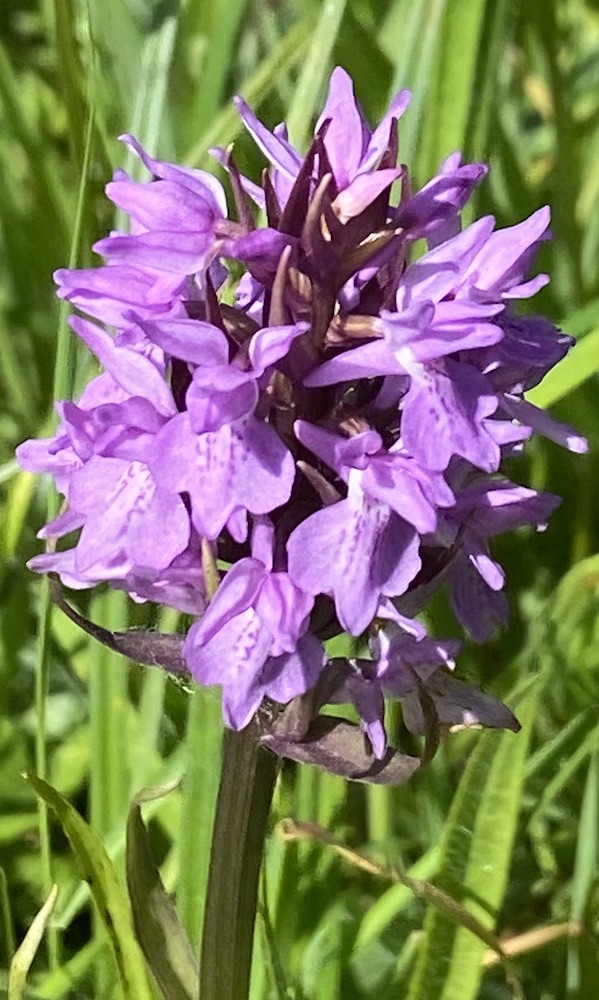Every birder knows that the peak birding seasons are Spring and Autumn, but many of us will find goodies in winter too.
Migration will, in many places, see birds passing through on their way to breeding grounds in other places, or streaming back to their winter homes. If you are lucky enough to be close to large lakes or seas, Autumn can be great as birds feed up before the long flights over sea or dessert, so hang around longer than those spring birds seeking breeding territories before rivals get there.
Come winter, birds that breed in the Arctic’s brief summer may well move just far enough away for unfrozen lakes and feeding fields.
But summer is the season of birding frustration. For a start, when all the leaves are in the trees, it’s a lot harder to see the birds, especially because their plumage will often be deliberately designed to be hard to spot so predators will not notice them.
Moreover, at the end of Spring there will be lots of hard to ID youngsters confusing things even more.
So what do birders do, apart from jet off on birding tours to the tropics for colourful lifers?
Most of us re-ignite our interest in other natural wonders. Many of us will note butterflies and moths when we see them but deliberately search for them in summer as it’s the peak time to see the most and they might be flight but are colourful and relatively easy to spot. Dragonflies are not just food for Hobbies but great to see in themselves and the adults tend to live out their short lives in the summer sun.
Many insects attract our attention and one soon finds that bees and wasps, beetles and other invertebrates can be as fascinating as birds and just as hard to identify. I have a tiny urban yard… no bigger than a decent sized lounge, but so far it has clocked up twenty-four species of hoverfly and as many solitary bees and bumblebees.

Stripe-faced Dronefly
Late spring through summer are when non-tropical orchids pout in brief appearances and if you are not lucky to find them there will certainly be hundreds of wildflower species blooming in the woods and fields, desserts and wetlands.

Southern Marsh Orchid
This is my first year of trying to note what I see. The great thing about plants is that they stay put for photos, so I use my cell phone to take pictures and then ID them at my computer. There are some great apps to help and coupled with the internet and knowing their location makes it a lot easier. I’m no expert, so I can’t be 100% certain of the correct species, but it’s fun to try and in just a few outings I’ve seen at least eighty species of wildflower including half a dozen orchids.
There is no doubt, taking an interest in the entire environment and all of nature’s wonderful diversity fill my birdless summer days!
